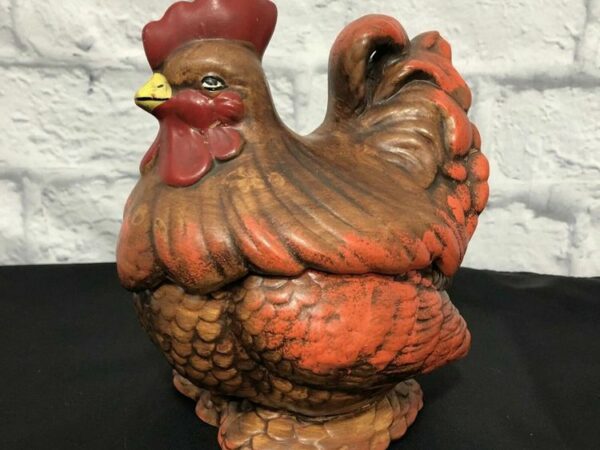The world of stamp collecting can be complex, confusing, but extremely lucrative.
There are many things to consider, including the best place to obtain a stamp appraisal and the easiest way to identify rare stamps. Whether you are an experienced collector, a stamp beginner, or have inherited a collection, the possibilities can be overwhelming.
Here is your complete stamp collection value guide, detailing all the best ways to sell your collection.
Table of Contents
The Origins of Stamp Collecting
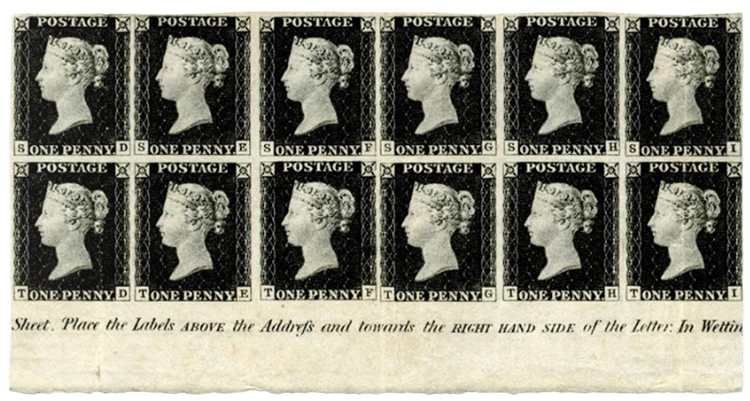
The world’s first postage stamp was introduced in 1840 in the United Kingdom. Known as the Penny Black, this iconic piece of history revolutionized and economized the cost of sending letters. It also sparked a fascinating hobby that would span generations.
The Penny Black is less than one square inch and features the profile of Queen Victoria. It transformed an expensive communication method, allowing brits to send a small letter for just one penny. The Penny Black can now be purchased second-hand for as little as $100. However, for mint condition collectables, expect to pay upwards of $3000.
This hugely popular hobby dates back as early as 1860, with John Edward Gray thought to be one of the earliest with a passion for stamp dealing. It is human nature to want to collect things, and so it is estimated that there are now over 60 million Philatelists worldwide.
After observing the fantastic effect of the national postage stamp in the United Kingdom, the Brazilians, Swiss and the city of New York quickly followed suit. The fascination with stamp collecting escalated rapidly from here. Initially, many adults shunned the hobby as something for children before catching on to the excitement and building the multi-million-dollar empire it is today.
Almost every country now has a national association of stamp collectors, highlighting just how popular of a hobby stamp collecting has become.
The Different Types of Stamp Collecting
A stamp collection spanning every era and geographical location would be incredible, but it is also wholly unrealistic. Therefore, most collectors will focus on a particular country or theme that piques their interest.
Some collectors chose a particular region of the world, with US postal stamps being a firm favourite across the globe. However, some collectors opt for stamps with a specific image, such as sports or animals. Disney is also a hugely popular, albeit much more niche collector area.
Identifying Your Stamp Collection – Stamp Collection Appraisal
The first step to a successful sale is identifying the stamps in your collection. Even for those with decades of experience, this is not a straightforward task.
The Country and Date of the Stamp – Identifying Rare Stamps
The first step in any stamp appraisal is establishing the origin of your stamp album.
More unique stamps tend to be worth much more than those that were originally issued in large quantities.
Almost all stamps have their country of origin printed on them, except for those published in Great Britain. Of course, this will not necessarily be written in English. This worldwide stamp identifier is a great resource to help you better understand your global stamp collection.
If you focus on US postal stamps, the Scott Specialized Catalogue of postage stamps is a great resource to help you identify individuals in your collection.
Aside from the country of origin, knowing the date your stamp was printed is vital to understanding its value. The idea that the oldest stamp collections are the most valuable is inaccurate. But an old, perfect condition, rare stamp will generally be worth the most money.
The Most Valuable Stamps in the World
Before properly appraising the resale value of your stamp collection, it can first be interesting to explore some of the world’s most valuable stamps. Here are three of the most spectacular.
1. British Guiana 1c Magenta, 1856
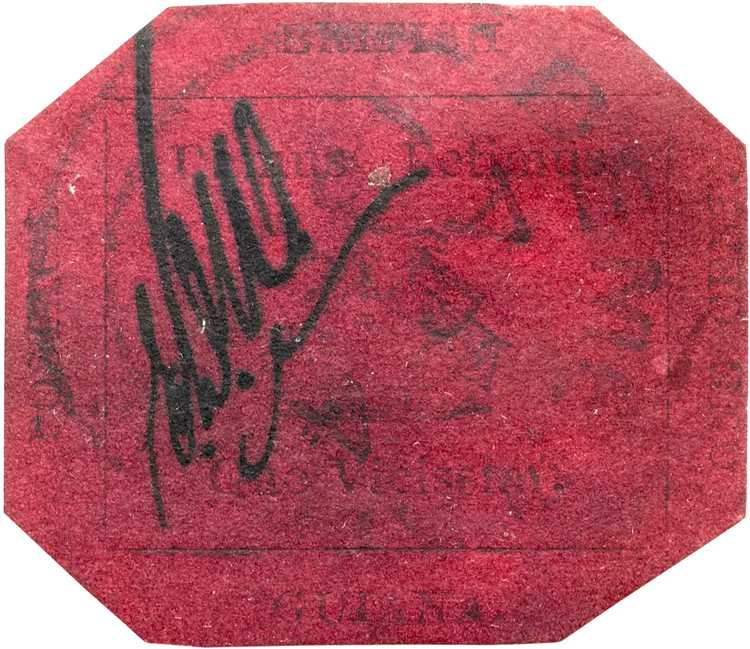
Price: $9.48 million
The British Guiana 1c Magenta is the most famous and expensive stamp in existence.
The stamps from former colony British Guiana were printed in London, England and sent over by ship. In 1856, this shipment was severely delayed, and British Guiana urgently needed more stamps. Therefore, the local postmaster ordered a small temporary batch to be printed to keep the postal system moving.
These rather crude-looking stamps contained an image of a boat to differentiate from those printed in London. These stamps were also initialled by postal staff to prevent forgeries. What is thought to be the only copy of this stamp was discovered in 1873.
The stamp passed hands a few times before its most impressive sale in New York in 2014. Selling for a whopping $9.48 million and breaking its own record as the most valuable stamp in history for the fourth time.
2. Treskilling Yellow, 1855
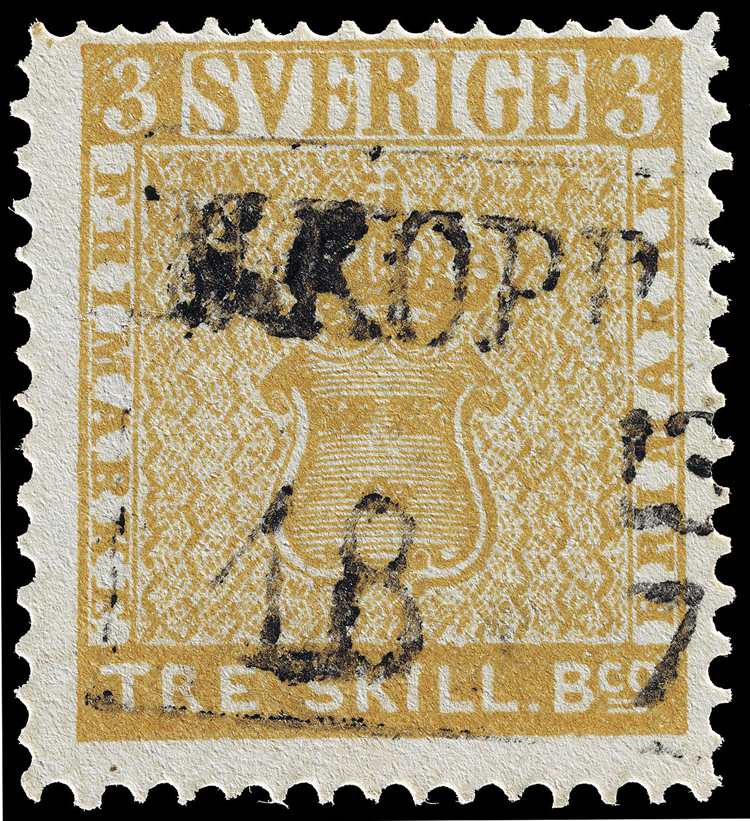
Price: $2.6 million
The Treskilling Yellow is the most famous Swedish stamp in existence. A small batch of usually green stamps were printed in a striking yellow. The error went unnoticed until a young budding stamp collector discovered this magnificent piece in his grandmother’s home.
Incredibly, it is now believed this is the only Treskilling Yellow in existence. It was sold at auction for an undisclosed amount in 2013, thought to have been at least $2.6 million. In 2013, the Sweedish politician and nobleman Count Gustaf Douglas went on to purchase this piece of history through a private sale.
If you have a particular interest in Swedish stamp collecting, be sure to check out this video.
3. The Mauritius 1 and 2 Penny Stamps, 1847

Price: est. $2 million
The beautiful tropical location of Mauritius was the fifth country in the world to adopt the use of postal stamps. At the time, a colony of Great Britain, they would have first used stamps such as the Penny Black before moving on to their own creations.
These stamps were issued in two denominations. The one penny, in a burnt orange colour, and the two pence, in a deep blue. These stamps were designed to match the ones in Great Britain, depicting the profile of Queen Victoria. It is thought that there are now only 26 of these stamps left (14 orange and 12 blue).
King George V broke the world record in 1904 for purchasing an unused two-pence stamp for £1,450. These have grown astronomically in value since, with one selling at auction in the UK for £1.05 million in 2011.
Stamp Collection Value Guide
Of course, before you begin selling your stamp collection, you must know what the stamps are worth. Whilst a professional inspection is always recommended, many factors will enable you to gauge the valuation of your collection.
Here are the factors that will impact your collection’s appeal, affecting how much you can sell for.
Defects and Imperfections
Once you have established where your stamp was printed, its condition is likely to be the second most significant factor influencing your stamp catalog value. Most appraisers use a scale to describe the holistic state of your collection.
Generally, ‘superb’ shows the highest calibre of collection, with ‘below average’ being the worst.
Discolouration is one of the most significant defects, massively impacting the collection’s resale value. Direct exposure to sunlight is the leading cause of discolouration, so ensure you have a safe storage spot away from windows. Discolouration can also be caused by water, so a cool, dry environment is essential.
Secondly, any creases or bends in your stamp will reduce its value by between 5%- 20%. Multiple creases which are visible from the front of the stamp will have the most significant impact on the stamp’s value.
Never Hinged Stamps

A stamp hinge is a small transparent piece of paper used to affix stamps to a folder.
Understandably, many collectors choose to hinge their stamps to organize their collections best. However, the hinging process leaves a faint mark across the back of the collectable, which can seriously hinder the value.
However, do not be deterred from selling your collection due to the mere presence of hinges. The presence of hinges will not prevent many collectors from investing.
The Gum Condition

Gum is the adhesive material on the back of stamps, which is used to affix the postal stamp to an envelope. To the average person, stamp gum has a mere practical use. However, stamp collectors should understand that the gum’s condition can hugely affect a stamp collection’s value.
Most would agree that a stamp in mint condition, i.e., a stamp that has never been used, is the most valuable. Many collectors simply will not touch a stamp with damaged gum. However, this doesn’t mean your collection is worthless. There are plenty of collectors who will happily collect stamps that have been used.
Aside from any hinges, discolouration is another indication of gum defects. Brown spots on the gum show the stamp collection hasn’t been adequately cared for and is likely to decrease the collection’s value seriously.
The time-consuming and intricate process of re-gumming has been developed. As the name suggests, this is the process of reapplying the adhesive to restore the stamp to its original standard.
Experts can tell when a stamp has undergone this process and will value it accordingly. However, spotting a re-gummed stamp can be extremely tricky. Nevertheless, there are two telltale signs that re-gumming has taken place.
- The first is that ‘pools’ of gum form on the underside of the stamp. Delicately reapplying a thin layer of this adhesive substance is tremendously challenging, and many struggle to perfect the process.
- The second clue is where a stamp is curled around the edge. Excessive heat and humidity will cause this, generally because the stamp has been handled extensively.
You should always declare if your stamps have been re-gummed to encourage the most ethical sale.
Centring and Margins
A stamp’s centring is one of the most crucial factors in determining its worth.
The design on the stamp should be as close to the middle as possible. Four perfectly even margins lead to the most aesthetically pleasing stamp and the most valuable collection.
In the US, jumbo margins are particularly sought after. A jumbo margin is where the gap between the design and the perforations is much larger than usual. This is generally due to a printing error and is extremely rare. A jumbo margin can add a tremendous amount of value to your collection.
Stamp Cancellations
Experienced collectors will be very familiar with stamp cancellations.
Simply put, a cancellation marking is a marking applied to a stamp by the postal service to show that it has been used and is no longer a valid form of payment.
A stamp that has many cancellation marks will undoubtedly be worth less than if it was in pristine condition. However, there are instances where a cancellation mark increases the value of your collectable. Many collectors specialize in cancellations, searching for specific unusual postmarks.
There are three key elements to a valuable cancelled stamp.
- The first is that the postmark must be particularly rare.
- The second is that the postmark has been applied heavily and is therefore very clear.
- Thirdly, and perhaps most importantly, the stamp design must still be intact.
If all three of these elements are present, the cancelled stamp will likely be worth more than if it was in mint condition.
Organization and Presentation of the Collection
How you present your stamp collection to potential buyers is hugely important. Buyers will be much more interested and intrigued by collections that have evidently been cared for.
You should have a clear organization system for extensive collections, allowing buyers to search for a particular interest. This might mean sorting your collection in chronological order, by regions of the world, or by a specific theme.
However, be careful when transferring your stamps into a presentation folder. You should never apply any sort of adhesive to the stamps, as this can drastically decrease their value. Instead, use stamp mounts to preserve the collection and allow you to make the most profit.
How to Store Your Stamp Collection
To preserve the value of your stamps, they must be adequately cared for. Any defects on your stamps will dramatically impact their value. Below are five essential tips to help preserve the value of your stamp collection.
Store Your Stamps High
You should never store your stamps on the ground. People often keep their collections in the bottom of cupboards or drawers, which is a huge mistake. Items can be dropped or spilt, or you may even stand on your collection. Store on a high shelf wherever possible.
No Fingers
To the naked eye, most of our hands look perfectly clean. However, they excrete many oils and can carry tiny dirt and grease particles. So, you should never touch your stamps with your hands. Instead, opt for stamp tweezers, built with a unique design to prevent rips.
Keep the Correct Temperature
Ideally, stamps should be kept in a dedicated temperature regulator, like a wine cooler. The temperature should be around 65–72°F for optimum conditions. If you do not have a dedicated device, avoid storing them in places such as the cellar or garage, which will have dramatic temperature shifts throughout the year.
Monitor the Humidity
You should keep the humidity below 50% to preserve your stamp collection. Use silica gel in your storage cupboard to keep the humidity low – this can be purchased from almost every hardware store.
Avoid the Sunlight
Like many other materials, stamps can be damaged by direct, prolonged exposure to sunlight. Therefore, keep them away from windows to reduce the chances of fading.
How to Sell a Stamp Collection
There are a variety of ways in which you can sell your stamp collection. However, be sure not to rush into a sale without first obtaining a reliable stamp collection valuation. There is a lot of misinformation online; therefore, valuations from multiple sources are always recommended.
Once you have an expectation of the value of your collection, use one of the following four options to sell your stamp collection.
Use a Dedicated Stamp Dealer
A reliable stamp dealer is the best way to get a true reflection of the value of your collection. Honest stamp dealers will take their time to analyze your collection, setting your expectations on the value.
However, you should know that many stamp dealers are in the market to make easy money. Therefore, they will drastically undervalue your collection to make a profit. So, obtaining multiple independent valuations before selling to a dealer is always best.
The American Stamp Dealers Association is a great place to find a reliable dealer to provide a valuation of your beloved collection. Founded in 1914, this organization prides itself on being a group of the most knowledgeable collectors worldwide. In addition, they host shows throughout the year, which is a great place to value and sell your stamps and meet many like-minded people.
Sell Your Stamps at Auction
An auction house can be the best way to sell a particularly high-value stamp collection.
Although most auction houses will take a percentage of your selling price, it is an excellent way to have your collection offered to some of the most specialized collectors in the world. In addition, auction pieces are usually listed online beforehand, which is an excellent opportunity to present your collection to a high-value audience and ensure you reach your desired customer base.
List Your Stamps on eBay
eBay is one of the most popular second-hand websites in the world. Perhaps the biggest pro to eBay is that it allows you to reach a global market effortlessly.
Once you have obtained a valuation, you should attach a clear photograph and an in-depth description of your stamps. This will entice genuine, high-value buyers to your advertisement.
Understandably, many buyers are reluctant to purchase on eBay. They cannot physically inspect the collection before buying, so many are dubious of purchasing counterfeit products. This can lead to low bids, so you should always input a reserve price. This will ensure you do not sell the stamps for a price you would be unhappy with. If you do not manage to reach the reserve price, you may consider a more specialist selling route such as a fair or auction.
Attend a Stamp Fair
There are many Stamp fairs throughout the UK, US and worldwide. At these fairs, you will find an eclectic mix of stamp dealers, lifelong collectors, and complete novices. If you meet someone in the market for a niche collecting area, fairs can be highly lucrative. However, you should be cautious of those out to make easy money from beginner collectors.
Be sure to check out the American Philatelic Society calendar for details of stamp fairs across the US.
Stamp Collection Sale and Valuation Guide Round-Up
As you can see, selling stamp collections is not easy. It takes time, dedication, and knowing your perfect audience to ensure you receive the true market value for your collection.
Step One – Preserve your stamp collection as best possible. Ensure it is kept in a cool environment with little humidity. Your catalog should be well organized, presented, and kept out of direct sunlight.
Step Two – Ensure you receive an accurate, independent appraisal of your collection from a philatelic specialist. Again, the American Stamp Dealers Association is a great place to start. If you are a beginner collector but believe your collection is worth some serious value, we would recommend getting multiple valuations.
Step Three – Compare the different selling methods to what would be best for your personal circumstances. Again, each method has pros and cons, with eBay perhaps better for beginner sellers and auction houses best for those with more established collections.
Remember, being in a rush to sell will likely lead to a low-value sale. So bide your time and get to know your target market to ensure you get the best deal for your incredible collection.
Do you have any further questions relating to selling your stamp collection? If so, please leave them in the comments below, and one of our experts will get back to you.
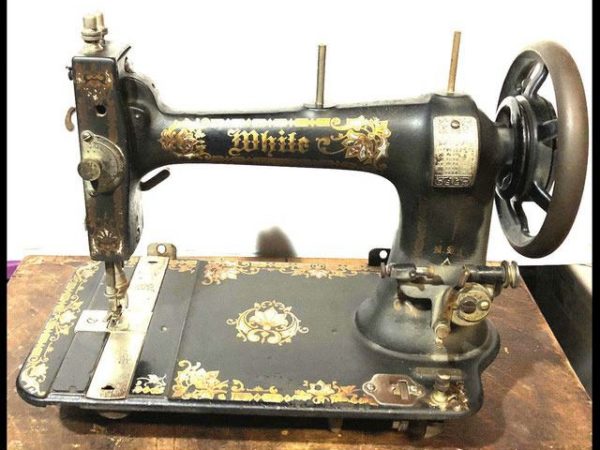

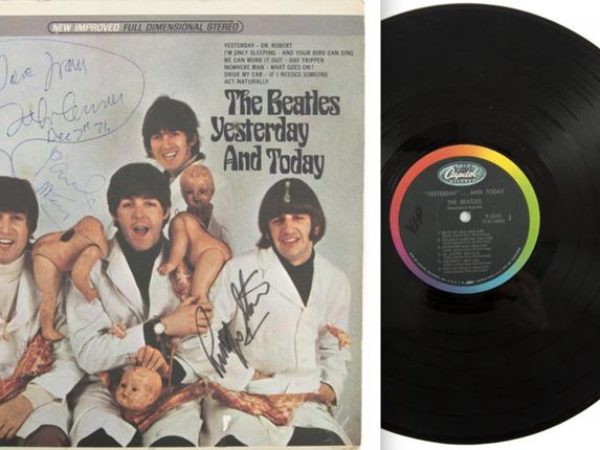

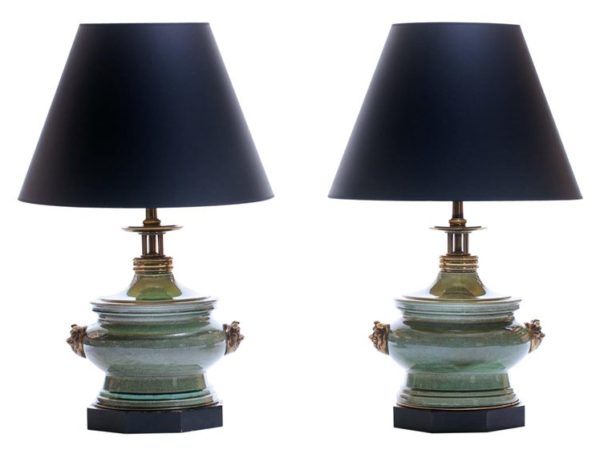
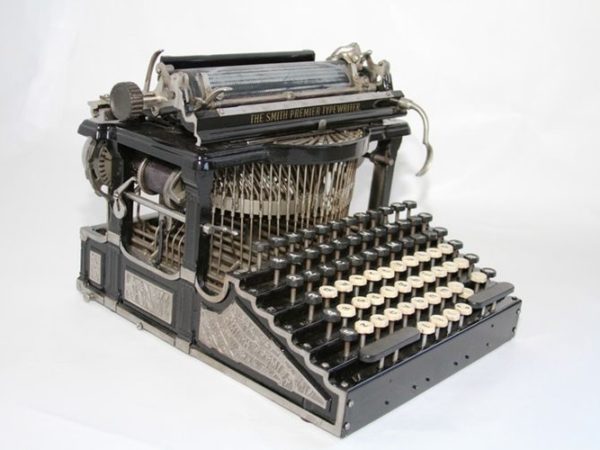
![Vintage Schwinn Bikes: [Types, Identification, and Values]](https://www.txantiquemall.com/wp-content/uploads/2022/05/5.-Schwinn-1967-Ramshorn-Fastback-Stingray-Sky-Blue-vtg-600x450.jpg)
